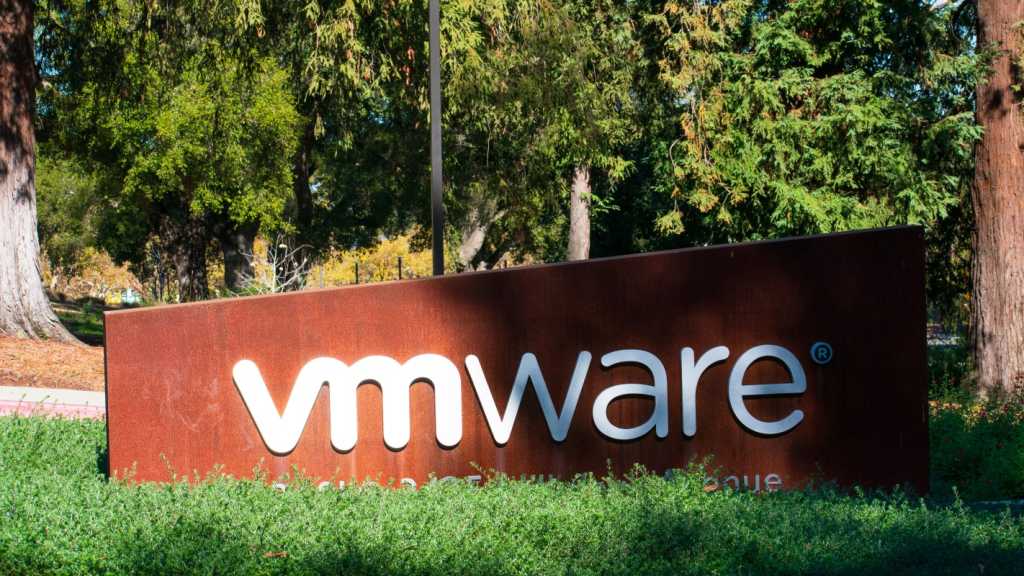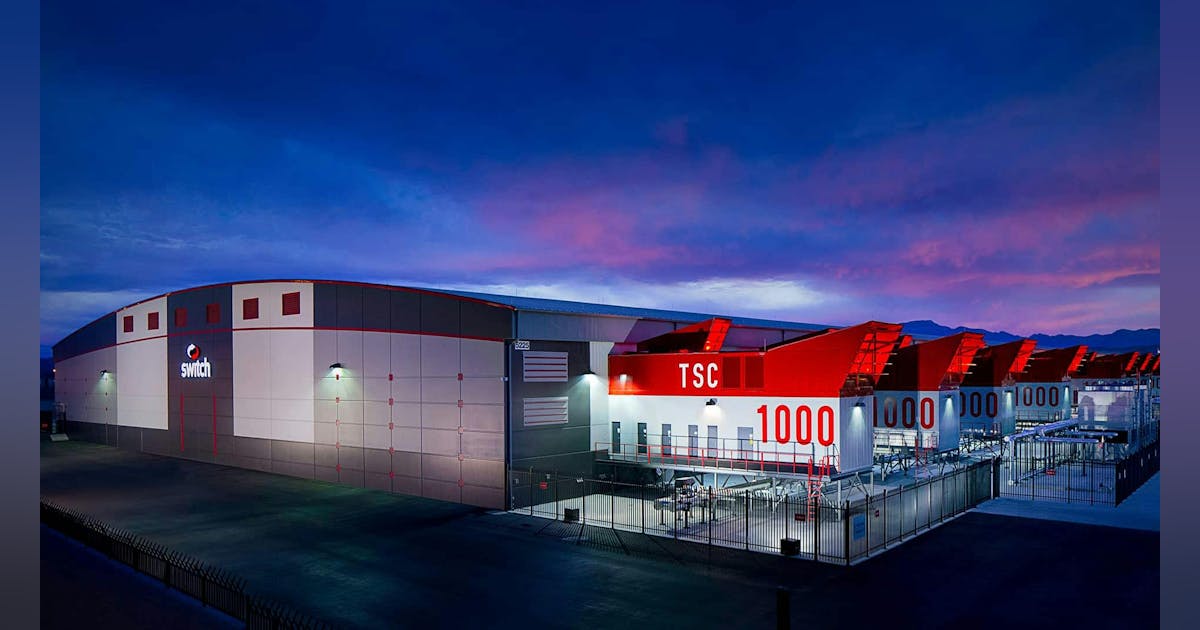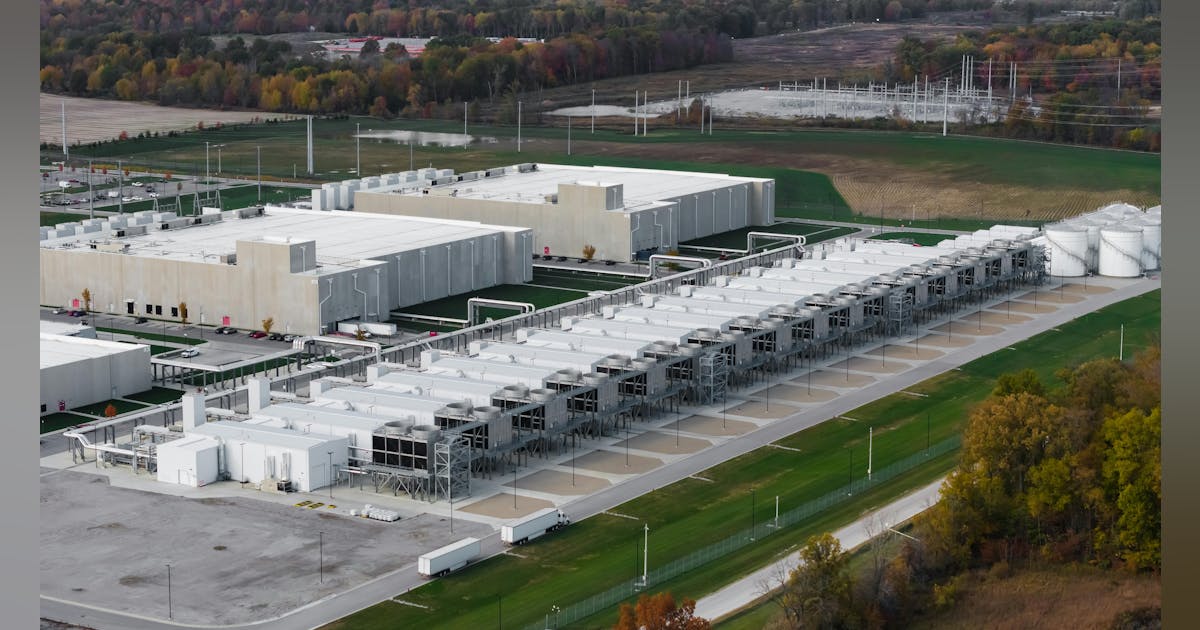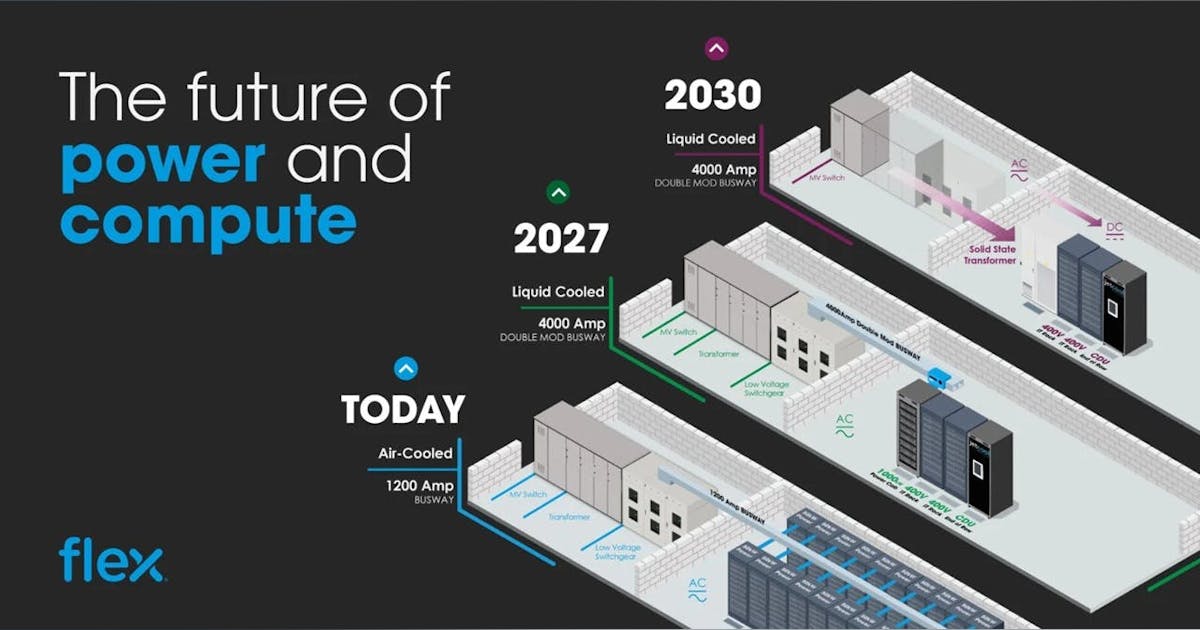
Loudoun County’s FY 2026 Proposed Budget Is Released
This week, Virginia’s Loudoun County released its FY 2026 Proposed Budget. The document notes how data centers are a major driver of revenue growth in Loudoun County, contributing significantly to both personal and real property tax revenues. As noted above, data centers generate almost 50% of Loudoun County property tax revenues.
Importantly, Loudoun County has now implemented measures such as a Revenue Stabilization Fund (RSF) to manage the risks associated with this revenue dependency. The FY 2026 budget reflects the strong growth in data center-related revenue, allowing for tax rate reductions while still funding critical services and infrastructure projects. But the county is mindful of the potential volatility in data center revenue and is planning for long-term fiscal sustainability.
The FY 2026 Proposed Budget notes how Loudoun County’s revenue from personal property taxes, particularly from data centers, has grown significantly. From FY 2013 to FY 2026, revenue from this source has increased from $60 million to over $800 million.
Additionally, the county said its FY 2026 Proposed Budget benefits from $150 million in new revenue from the personal property tax portfolio, with $133 million generated specifically from computer equipment (primarily data centers). The county said data centers have also significantly impacted the real property tax portfolio.
In Tax Year (TY) 2025, 73% of the county’s commercial portfolio is composed of data centers. The county said its overall commercial portfolio experienced a 50% increase in value between TY 2024 and TY 2025, largely driven by the appreciation of data center properties.
RSF Meets Positive Economic Outlook
The Loudoun County Board of Supervisors created the aformentioned Revenue Stabilization Fund (RSF) to manage the risks associated with the county’s reliance on data center-related revenue. The RSF targets 10% of data center-related real and personal property tax revenue.
In in its FY 2026 Proposed Budget, Loudoun County acknowledges the risks associated with being heavily dependent on data center revenue, which can be volatile and difficult to forecast. The RSF is intended to mitigate these risks by providing a financial cushion in case of sudden changes in the data center industry.
For FY 2026, the budget proposes a $47.7 million contribution to the RSF, reflecting the unprecedented growth in data center revenues and the uncertainty around future revenue realization.
The county said its economic outlook for 2025 and 2026 is generally positive, with data centers being a key driver of its revenue base. The growth in data center-related revenue has allowed Loudoun County to lower tax rates while still increasing overall revenue.
The FY 2026 Proposed Budget includes an 11% growth rate in Local Tax Funding (LTF), which is higher than the 9% target initially recommended by the County Administrator. This higher growth rate is partly due to the substantial revenue generated by data centers.
The document notes how the growth in data center revenue has enabled Loudoun County to fund critical services and infrastructure projects without significantly increasing tax rates.
In a LinkedIn post, CBRE Americas Data Centers director Gordon Dolven highlighted how data center value per parcel in Loudoun County is 16x more than the next highest land use, while noting that the FY 2026 Proposed Budget cites $684,787,341 in Computer Equipment Tax Revenue, a jump of 17.8% versus 2023.
Dominion Energy Expands Data Center Capacity to 40 GW, Fueling Growth in Loudoun County and Beyond
Concurrently, Dominion Energy, Virginia’s largest utility provider, has revealed a staggering 88 percent increase in its contracted data center power capacity, surging from 21 GW in July 2024 to approximately 40 GW by December 2024. This remarkable growth of course underscores the accelerating demand for data center infrastructure in Northern Virginia, particularly in Loudoun County and its client, the world-renowned “Data Center Alley.”
The utility’s Q4 earnings call highlighted the unprecedented pace of development, with CEO Robert Blue emphasizing that data center growth in Virginia is not only continuing but accelerating. “We’re taking every step to meet this opportunity,” Blue stated, reflecting on the company’s strategic investments to support the booming industry.
A Surge in Demand and Strategic Investments
To meet this surging demand, Dominion has revised its capital expenditure forecast, now projecting $50.1 billion in investments from 2025 to 2029 – a 16% increase over its previous estimate of $43.2 billion. These funds will support a multi-faceted approach to grid upgrades, power generation, and infrastructure development, ensuring the region remains a global leader in data center capacity.
The utility’s contracted data center demand is categorized into three stages: substation engineering letters of authorization, construction letters of authorization, and electrical service agreements. As of December 2024, 26 GW of demand is in the substation engineering stage, a 245 percent increase from the 8 GW reported in July 2024. Additionally, Dominion has 9 GW in electrical service agreements and 5 GW in construction authorization, signaling a robust pipeline of future projects.
Loudoun County: The Epicenter of Growth
Much of this growth is concentrated in Northern Virginia, with Loudoun County continuing to dominate as the epicenter of data center activity. Dominion is actively working on two major transmission projects, including the development of two new 500 kV lines that will add 6 GW of capacity to Eastern Loudoun alone. These projects are critical to sustaining the region’s status as the largest data center market globally, surpassing the combined size of the next four largest international hubs.
However, the growth is not confined to Loudoun County. Blue noted that expansion is spilling over into neighboring counties along the Interstate 95 corridor, reflecting the broader regional impact of the data center boom.
Innovative Systems and Renewable Energy Initiatives
Dominion attributes part of the surge in demand to a new system implemented in August 2024, which processes power requests in batches based on submission order. This streamlined approach has enabled the utility to manage the influx of requests more efficiently while maintaining grid reliability.
In 2024 alone, Dominion connected 15 new data centers, adding nearly 1GW of capacity. The utility anticipates connecting another 15 data centers in 2025, further solidifying Virginia’s position as a global data center powerhouse.
To support this growth, Dominion has adopted an “all of the above” energy strategy, as outlined in its 2024 Integrated Resource Plan (IRP). The plan emphasizes a diversified power generation portfolio, with 80 percent of capacity derived from carbon-free sources.
Key initiatives include the 2.6 GW Coastal Virginia Offshore Wind project, set to come online by the end of 2026, and the expansion of the Possum Point Power Station, which added 44 MW to its existing 645 MW capacity.
A Vision for the Future
Dominion’s investments are not just about meeting current demand but also about positioning Virginia as a leader in the era of artificial intelligence and advanced computing. The Coastal Virginia Offshore Wind project, in particular, is expected to play a pivotal role in supporting AI-driven energy needs and maintaining America’s technological preeminence.
As Loudoun County and the broader Northern Virginia region continue to attract data center developers, Dominion Energy’s proactive approach ensures that the infrastructure will be in place to support this growth. With its ambitious capital plans, innovative systems, and commitment to renewable energy, Dominion is laying the groundwork for a sustainable and resilient data center ecosystem that will drive economic growth and technological innovation for years to come.
Bottom line: The story of Data Center Alley is far from complete—it’s just entering its next chapter.























